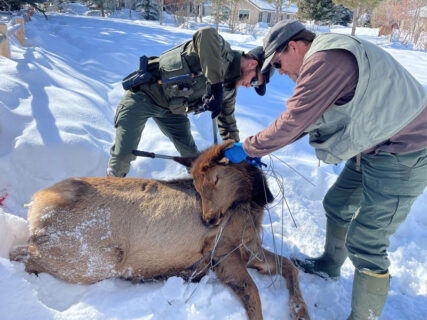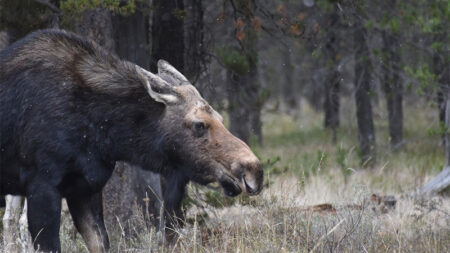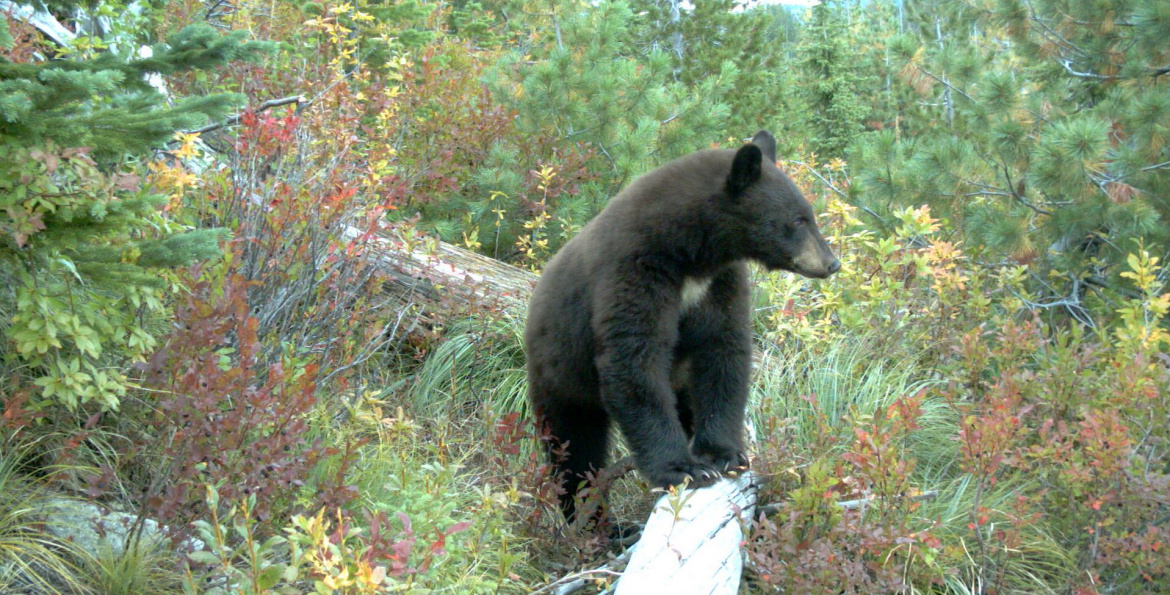
Trail users are encouraged to safely enjoy and share Idaho’s trails with wildlife
By Terry Thompson, Regional Communications Manager
When hiking trails in Idaho it is not uncommon to come across wildlife. Wildlife, like people, don’t like to be unexpectedly surprised. The key to safely observing and recreating around wildlife is awareness of your surroundings.
Spring and summer bring many opportunities for Idahoans and visitors to explore Idaho’s trails which open up access to many backcountry destinations. When trekking up a trail just outside of town or deep into Idaho’s mountains everyone should be aware of their surroundings that they share with many species of wildlife. While most wildlife encounters are welcomed and create lasting memories, inadvertent or surprise encounters can put both people, their pets and wildlife in a potential conflict situation.
Wildlife, such as mountain lions, bears, elk, deer and moose can be found in many location throughout Idaho, sometimes within towns and neighborhoods. Deer and elk have become year-round residents in many Idaho communities, and mountain lions continue to be seen throughout the state on area trails and at times within neighborhoods.
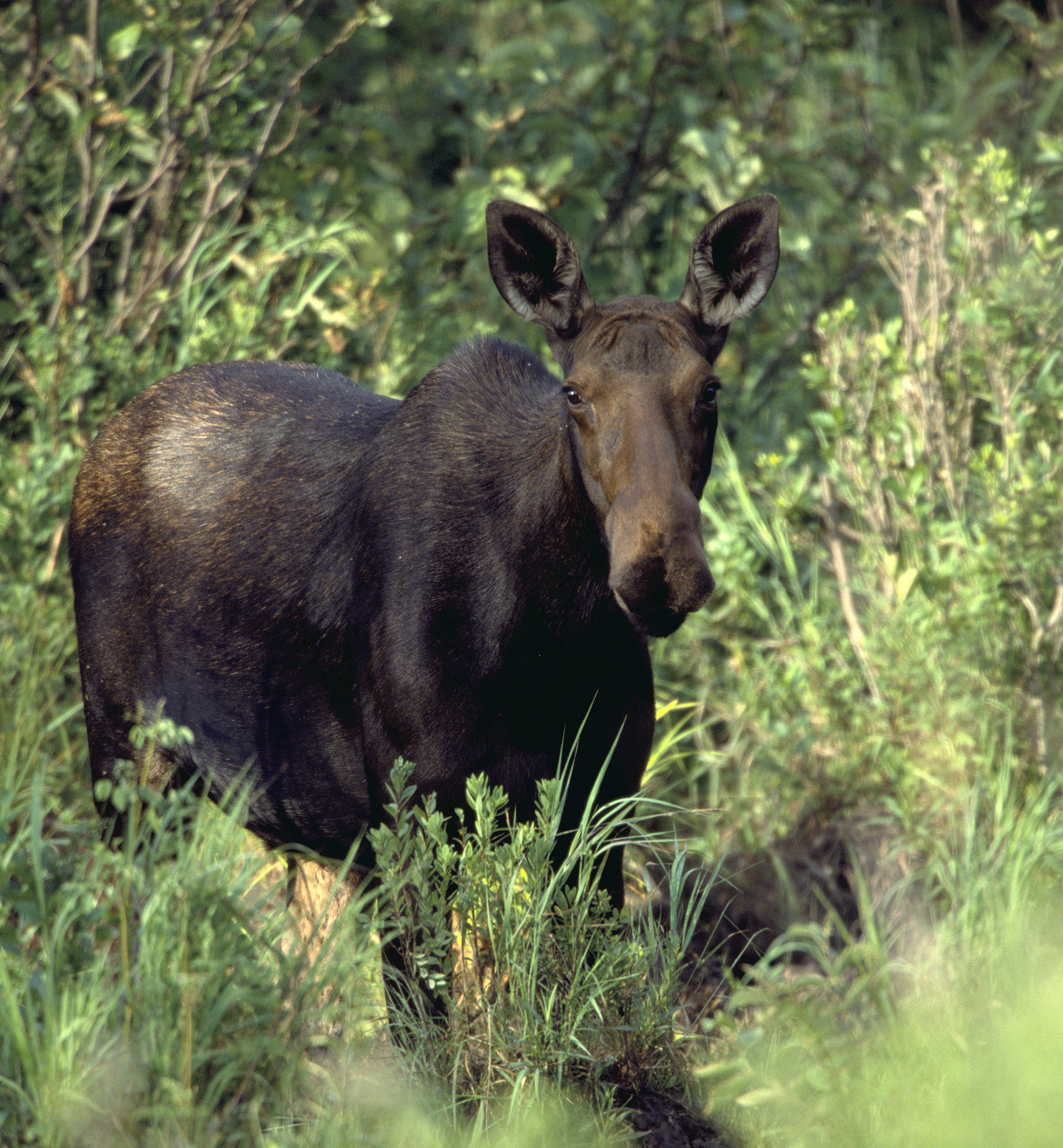
Moose can be found throughout Idaho
The key to safely observing and recreating around wildlife is awareness. Wildlife, like people, don’t like to be unexpectedly surprised, which often leads to a flight or fight response.
Keys to safety when around wildlife
Depending on the situation or wildlife that a recreationist might encounter, making sure that wildlife is aware of your presence is important, especially in spring when many species of wildlife have young. Wildlife are very possessive and protective of their young, much the same as human parents are with their kids. Giving wildlife a wide berth is always a good practice to have when out in Idaho’s great outdoors, regardless of the season or situation.
Another piece of advice is to always make sure that wildlife knows you are in their habitat. While nobody wants to hear loud yelling from someone else on the same trail, simply calling out with “hey bear” or “hey moose” is often enough to give any wildlife in the area a sense that you’re coming down the trail, which might help prevent an unexpected encounter.

Black bears are often seen by hikers in the backcountry.
In today’s world, many people carry and listen to their music or podcast, often when outside recreating. Wildlife has many different ways to “tell” someone that they are too close or causing the wildlife to feel threatened. Moose will grunt, stomp their hooves, and lay their ears back, while a bear will pop their jaws, or they may huff and woof. But, if a hiker has taken away their sense of hearing by wearing ear buds or headphones they can miss the early warning signs that they are in too close to wildlife. This could very well result in the animal charging or attacking. To the bear or moose, they have behaved appropriately in response to poor behavior of a human.
It is very important for everyone to stay safe when around wildlife by being aware of your surroundings.
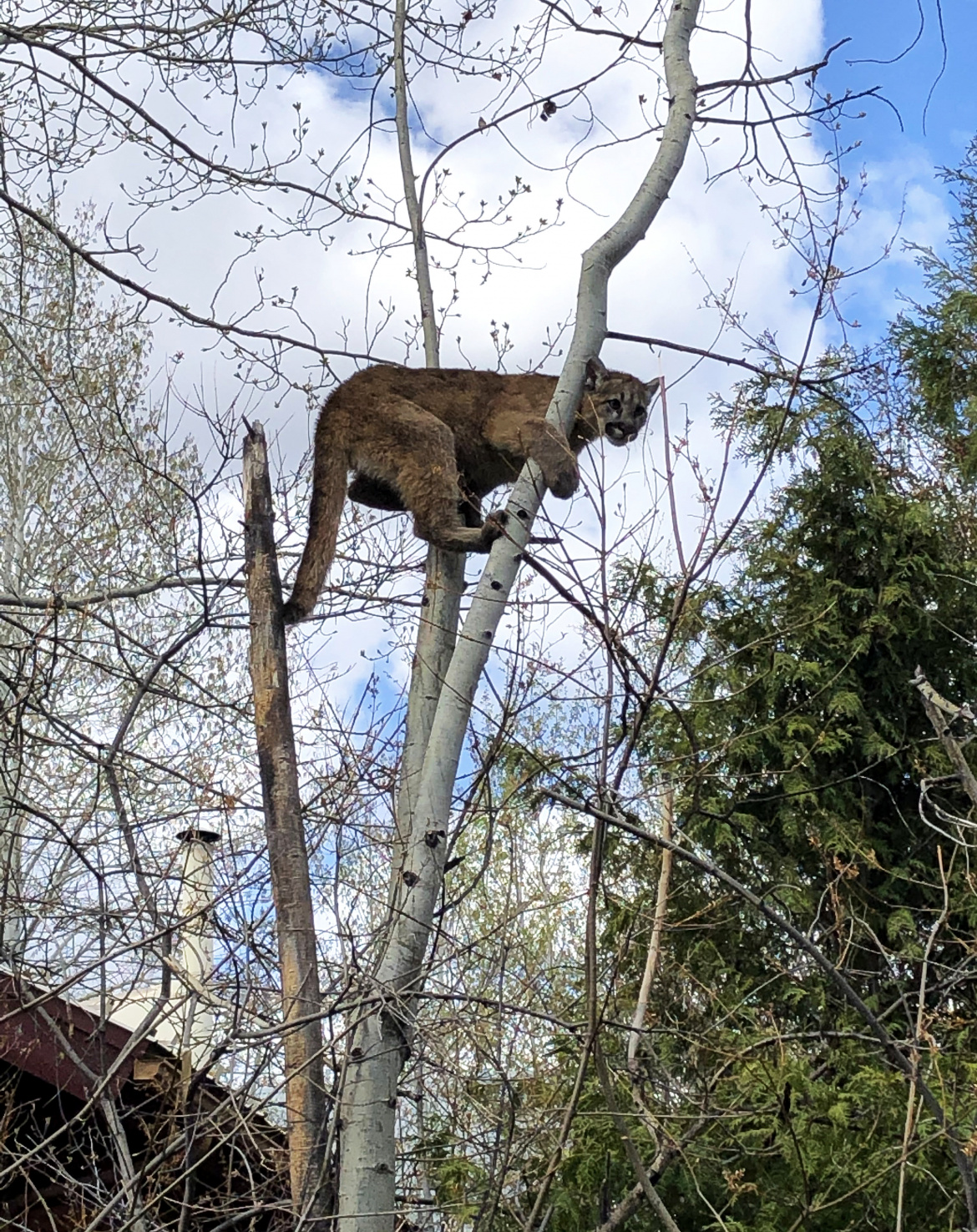
A young mountain lion seeks refuge in a backyard tree in Ketchum, Idaho.
Safety tips
Fish and Game will always make public safety a priority when wildlife is in proximity to people.
Use these safety tips when recreating or living near wildlife:
- Never allow wildlife, especially bears, to get access to human food or garbage. A food-conditioned bear is a public safety hazard, and in some cases will be trapped and euthanized.
- Always keep your pets on a leash. Even the best trained dog when in a stressful wildlife situation may not respond to commands, which puts the dog and its owner, and the wildlife in a dangerous situation.
- Always be aware of your surroundings, and use all your senses to keep yourself safe.
- Carry and know how to use bear spray. Keep it readily accessible, which means in a chest harness or belt carrier. Bear spray may also be an effective deterrent to other species such as mountain lions.
- If someone encounters a mountain lion or bear, no matter the location, remember these safety actions:
- NEVER run. Running can easily trigger their natural tendency to chase and catch something that might be considered prey.
- Do not turn your back on the animal.
- Make yourself look as big as possible.
- Make loud noises (i.e. yelling) to make them realize you are not prey.
- If it can be done safely, pick up rocks or sticks to throw at the animal.
- Pick up small children.
- If attacked, fight back!
Idaho is an amazing place to live and recreate in, no matter the season. Many different wildlife species live in the same spaces as people, so it’s everyone’s responsibility to keep wildlife wild while keeping yourself, pets and your neighbors safe.
Negative wildlife encounters are rare, and it’s the goal of Fish and Game to ensure that local residents and visitors know how to keep themselves safe when living and recreating around wildlife.
For more information about human-wildlife safety tips contact your local Fish and Game office.


